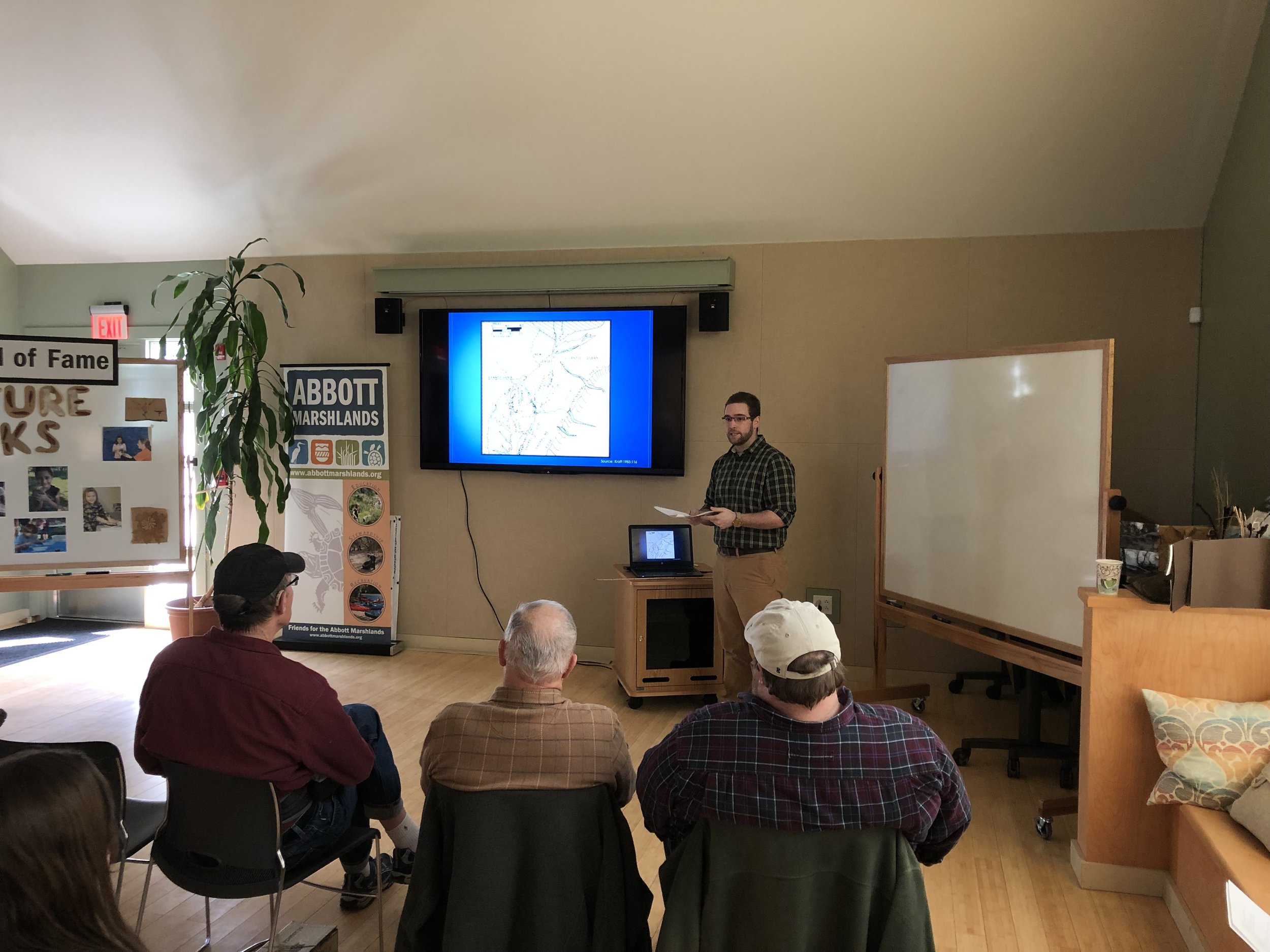Meeting date: Saturday March 14, 2020
Location: Gitenstein Library Auditorium at The College of New Jersey (TCNJ)
(the auditorium is located in the library basement)
Address: 2000 Pennington Road, Ewing Township, NJ 08618
Parking: Lots 4, 5, 6 and 7 will be open to visitors. Parking Passes are Required (available here). Please print your pass ahead of the meeting. Extra passes may be available onsite on a limited basis.
Campus map: Go to https://tcnj.edu/about/campus-info/campus-map/
Lecture Series (Gitenstein Library Auditorium)
11 am - Noon: Board Meeting, All are welcome.
Noon - 1 pm: Lunch (Bring your own/explore campus offerings)
1 - 1:15 pm: Presidents Welcome
1:15 - 1:30 pm: Book Auction (tentative)
1:30 - 1:45 pm: Gender roles in Colonial America: Can ceramics be used as complimentary evidence? by Kiira Jeffers and George Leader, TCNJ
Gender roles changed drastically between colonial and post-colonial America. In colonial America, men and women often worked in the same areas of the farm, while in post-colonial America, women were designated the “private sphere” of the home while men were allowed to work in the public sphere. This paper argues that artifactual data, specifically ceramics, can be used to support already known knowledge about gender roles in the late 18th and early 19th century. The presence of high-quality ceramics could be an indicator of a wealthy family or of a lower-class family buying expensive ceramics but both options lead to a growing middle-class idea of eating together with family. This idea also indicated that he family was well-off and allowed for the wife to be the head of the house. The gender roles of women being placed in the domestic sphere and men in the public sphere can still be seen today, despite strides made in gender.
1:45 - 2 pm: A contextual assessment of entheseal changes in a skeletal sample from historic Philadelphia (ca 1702-1859) by Genevieve F. Duran and Jared S. Beatrice, TCNJ
Characterized by rapid change during the colonial and post-colonial periods, Philadelphia developed into one of the world’s most prominent cities. The recent accidental discovery of the historic (ca 1702-1859) First Baptist Church of Philadelphia cemetery provides a unique opportunity to examine lifeways during this time. This study uses sociocultural, historical, and anthropological perspectives to investigate evidence for activity patterns in a subsample of human skeletal remains from the cemetery.
2 - 2:15 pm: William Green Plantation: Mounting evidence for the presence of Washington's Cavalry (1777-1778) by Erin Meyer and George Leader, TCNJ
The William Green house was built in 1722 and was continuously occupied by the Green Family for four generations. Documents have indicated that some of the Greens were members of Washington's militia during the revolution. The plantation itself is named as a billet for the Light Cavalry throughout the war. Here we discuss new evidence further adding to this claim.
2:15 - 2:30 pm: “Time of a Black boy”: Slavery in New Jersey and the William Green Plantation by Kristin Bridges and George Leader, TCNJ
Growing evidence suggests that the Green Family were slave holders. Their New Jersey homestead, the William Green Plantation was built around 1720. Recent archaeological excvations have recovered thousands of colonial aged artifacts but there remains little physical evidence of slavery. Mounting archival evidence paints a different picture, one of the Green Family as slave holders and links slavery to the property itself. Here we discuss the new evidence and future research.
2:30 pm: A Walking Tour of The William Green House provided by George Leader *The house is a short 5 minute walk from the meeting space.
















